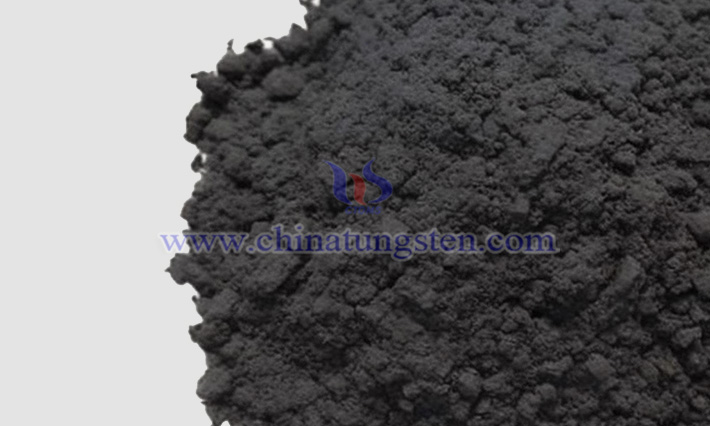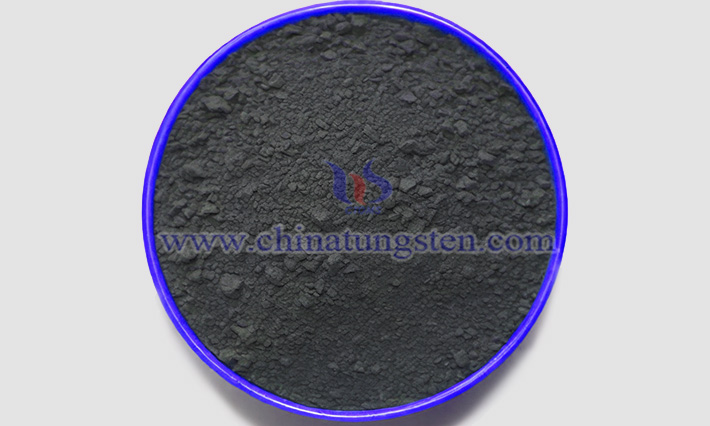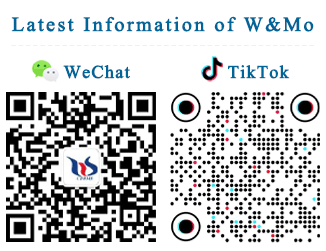What Are the Factors That Affect Tungsten Disulfide Nanosheet Performance?
- Details
- Category: Tungsten Information
- Published on Tuesday, 25 February 2025 19:28
Tungsten disulfide nanosheet (WS₂ nanosheet) is a typical two-dimensional nanomaterial with a large specific surface area, a low friction coefficient, good electrochemical performance, and optical properties. It has great potential in the fields of nanoelectronics, optoelectronic devices, flexible electronics, lubricating materials, and chemical catalysis. So, what are the factors that affect tungsten disulfide nanosheet performance?
Chemical composition
Tungsten disulfide nanosheet is an inorganic compound composed of tungsten and sulfur. Tungsten atoms are surrounded by six sulfur atoms in an octahedral coordination to form a basic structural unit, and these units stack layer-by-layer via van der Waals forces. The nanosheet is a single-atomic-layer or a few-atomic-layer thin sheet peeled off from the layered structure.

Purity
The higher the purity, the more stable the performance of tungsten disulfide powder. The presence of impurities may cause defects in the powder during the sintering process, affecting the performance of the final product.
Particle size
The particle size of the powder directly affects the specific surface area, sintering performance, and mechanical properties of tungsten disulfide powder. Powders with smaller particle sizes have larger specific surface areas, which can increase the sintering rate and the density of the final product.
Particle size distribution
The narrower the particle size distribution, the better the fluidity of the tungsten disulfide powder, the more uniform the filling and pressing process, and the higher the density and strength of the final product.

Number of layers
The number and size of tungsten disulfide nanosheets have an important influence on their performance. As the number of layers decreases, the quantum confinement effect increases, resulting in an increase in its band gap, enhanced light absorption capacity, and improved fluorescence quantum efficiency. For example, a single-layer WS₂ nanosheet has stronger absorption in the visible-light region and has a higher carrier mobility and switching ratio.
Preparation method
The preparation method has a significant effect on the performance of WS₂ nanosheet. Common preparation methods include liquid-phase exfoliation, chemical vapor deposition (CVD), mechanical exfoliation, etc. For example, WS₂ nanosheet with high crystallinity and a complete lattice can be prepared by ultrasonic-assisted liquid-phase exfoliation, and its thermal stability and mechanical properties are better than those of samples prepared by other methods. In addition, parameters such as the exfoliation medium, temperature, time, and concentration during the preparation process will also affect the size, number of layers, and surface defects of the nanosheet, thereby affecting its electrical and chemical properties.
- Tungsten Oxide Manufacturer & Supplier, Chinatungsten Online: www.tungsten-oxide.com
- Tungsten News & Prices of China Tungsten Industry Association: www.ctia.com.cn
- Molybdenum News & Price: news.molybdenum.com.cn
- Tel.: 86 592 5129696; Email: sales@chinatungsten.com



 sales@chinatungsten.com
sales@chinatungsten.com